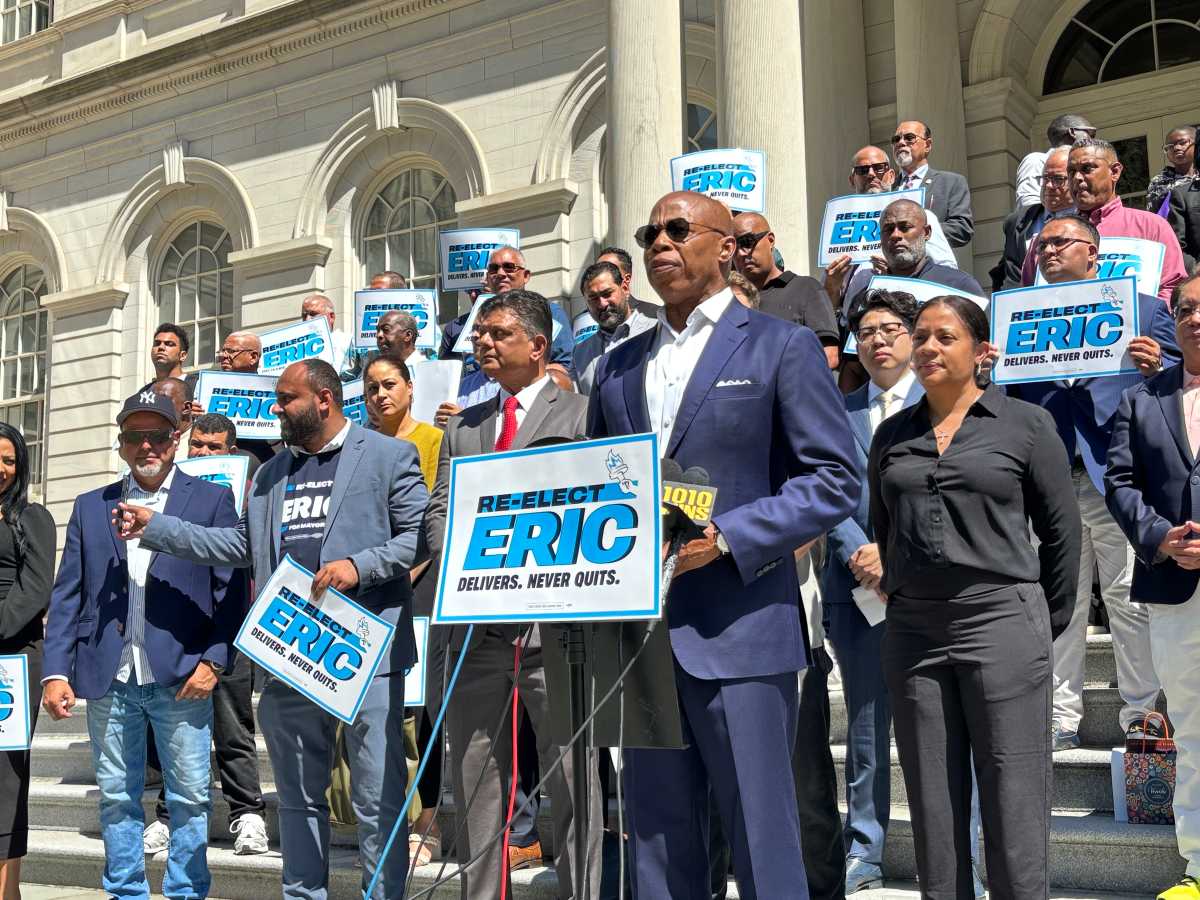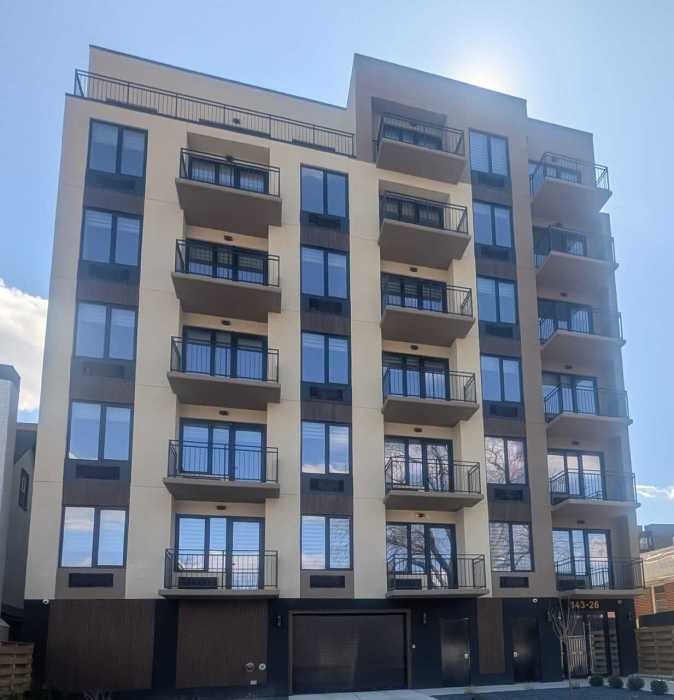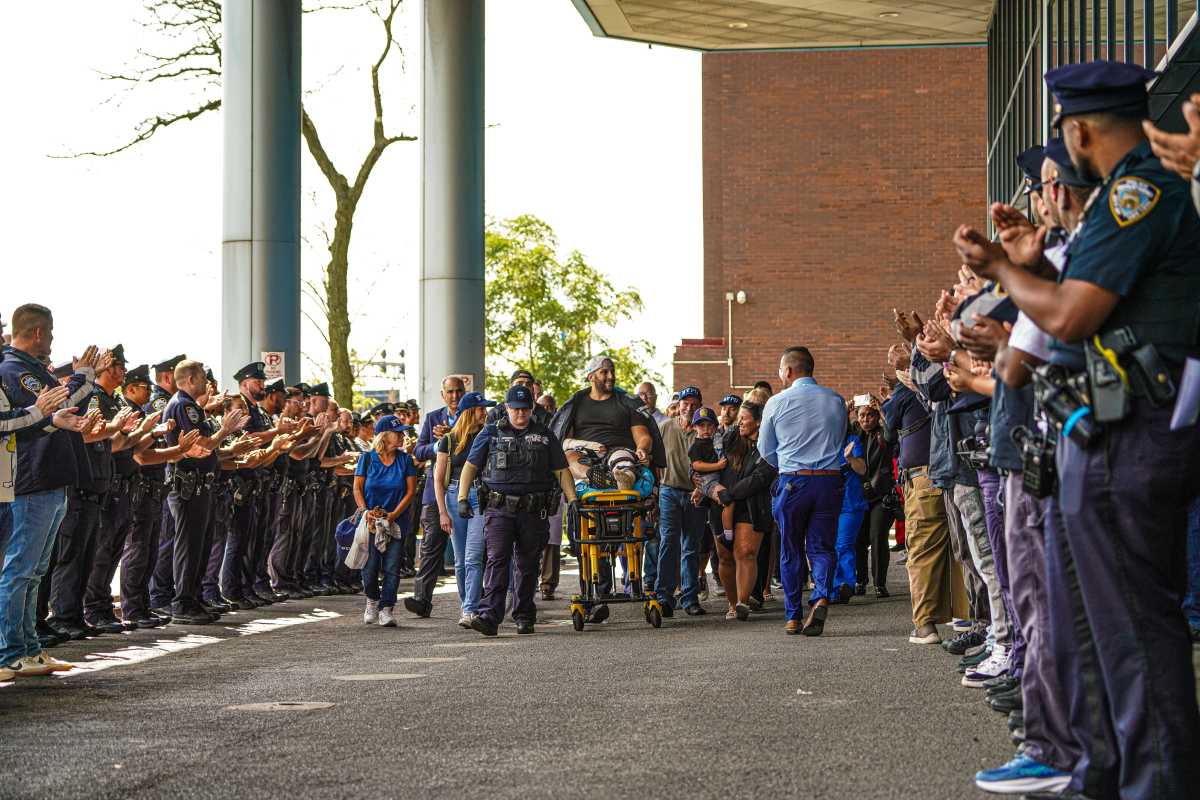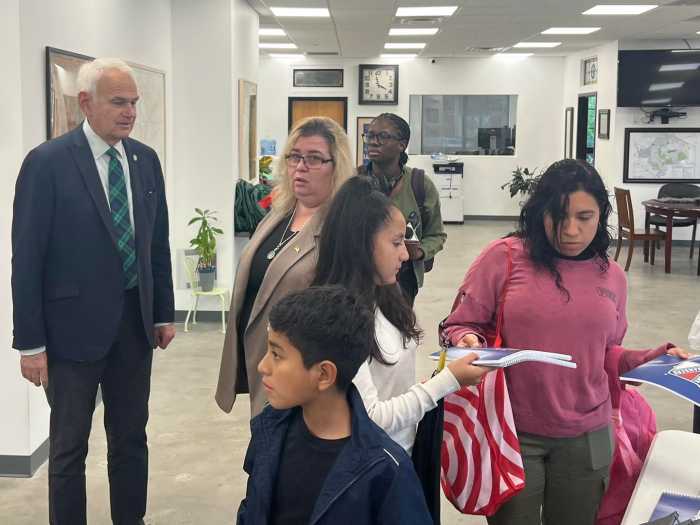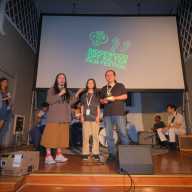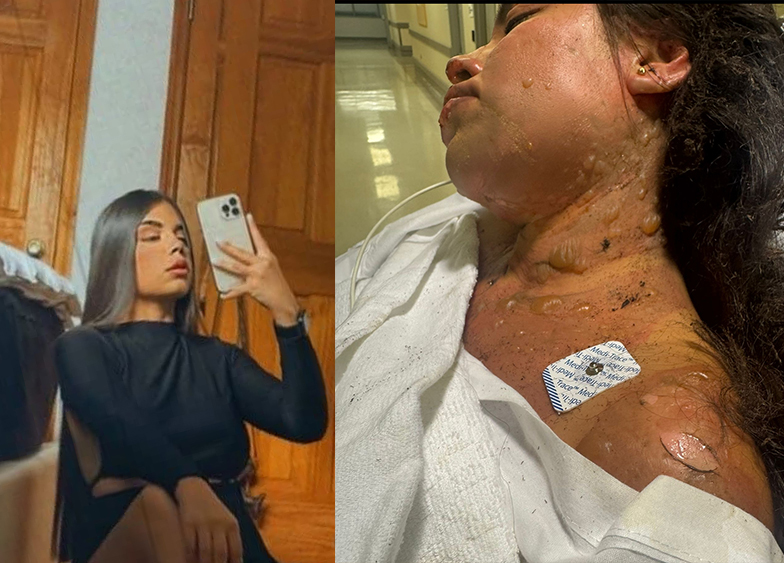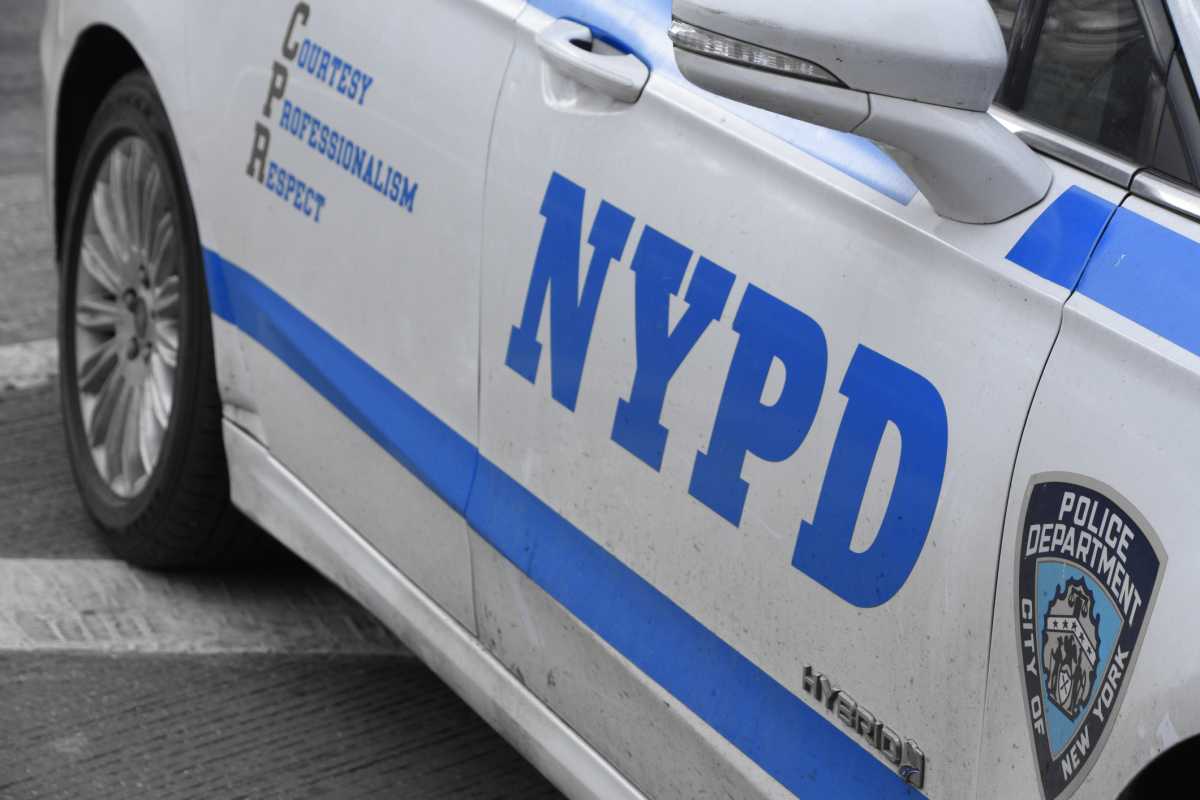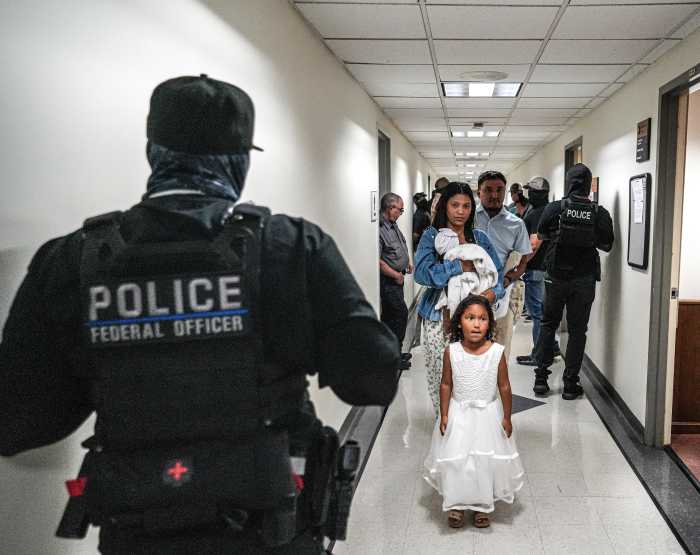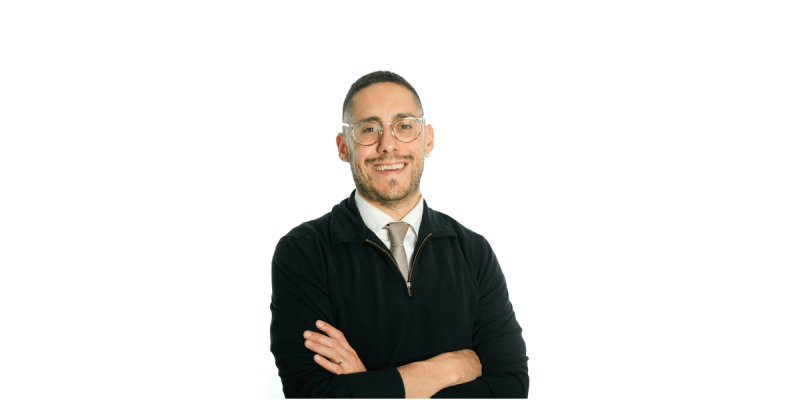Extra Resources For Victims Of Hurricane
Mayor Michael R. Bloomberg, Deputy Mayors Cas Holloway and Robert Steel, Housing Recovery Director Brad Gair, Housing Preservation and Development Commissioner Mathew Wambua and a host of city officials announced on Monday, June 3, NYC Build it Back, a new city program to assist homeowners, landlords and tenants in the five boroughs whose homes were impacted by Hurricane Sandy.
In the days following the storm, the city led one of the fastest disaster recovery efforts ever, helping more than 20,000 families return to their homes through the Rapid Repairs program, and that work continues today. As the city shifts its focus to long-term rebuilding, NYC Build it Back is designed to make the newly available federal aid simple and understandable, and the program will provide assistance-including grants and loans-to New Yorkers still recovering from the storm.
New York City residents can begin registering for the program by calling 311 or visiting www.nyc.gov. NYC Build it Back provides multiple pathways to help affected residents return to more sustainable housing and recover out-of-pocket costs resulting from the storm. Beginning next month, registrants will be contacted by a Housing Recovery Specialist who will help them review their options and guide them through each step of the process.
“Hurricane Sandy was the worst storm ever to hit New York City- and today, we are launching a new program to continue the road to recovery,” said Bloomberg. “Through NYC Build it Back, we are making our Federal aid package simple and understandable, and tailoring assistance to the specific needs of the families and businesses most impacted by Sandy. Whether it’s personal assistance in the rebuilding process or reimbursements for completed repairs, this program will provide a new infusion of support to help families, neighborhoods and businesses come back stronger and more resilient than ever before.”
“NYC Build it Back is the next step in our Administration’s comprehensive approach to recovery,” added Holloway. “Thanks to the efforts of HUD Secretary Shaun Donovan and his team, and the support of the entire New York Congressional delegation, NYC Build It Back is launching in record time, and will build on the success of Rapid Repairs and other groundbreaking efforts that have made New York City’s recovery among the fastest ever from a major natural disaster.”
“The Bloomberg Administration has been committed to getting New Yorkers back in their homes since Day 1 after the storm-led by the Rapid Repairs initiative which helped tens of thousands of homeowners and tenants,” said Steel. “NYC Build it Back is the latest evidence of the Mayor’s commitment, with the support of the Federal government, to finishing the hard work of recovery.”
NYC Build it Back provides four pathways to help New Yorkers affected by Hurricane Sandy return to sustainable homes:
– Repair: A NYC Build it Back professional contractor can help eligible participants whose homes require minor to moderate repairs. Registrants also have the option of selecting their own contractor within Federal and program guidelines.
– Rebuild: If a home is substantially damaged and needs to be rebuilt, qualifying participants can choose a home model that is designed specifically for their community, uses the best available resiliency standards and is designed by a NYC Build it Back developer. Alternatively, registrants can choose their own architect and contractor to develop and build their homes within Federal and program guidelines.
– Reimbursement: The city can also help participants recover eligible out-of-pocket costs for minor repairs already made to their homes that satisfy all Department of Housing and Urban Development and other requirements.
– Acquisition: Some owners may want to voluntarily sell their homes and in some cases, the city will be able to work with communities to strategically redevelop these properties in a smarter, more resilient way. Housing Recovery Specialists will be able to explain these options.
“NYC Build it Back is more than a set of flexible housing solutions for residents whose homes were impacted by Hurricane Sandy – it is a commitment to every individual who applies that we will work with you until you have a safe, sustainable housing solution,” said Gair.
“Our job is to ensure that homeowners who want to assistance in rebuilding their homes can get it, and that we work with the community to make the process sensible and responsive to the needs of the individual and the neighborhood,” said Wambua. “We are pleased to offer the benefit of our experience, as well as the financial assistance that is necessary to reknit the fabric of the coastal areas that have been so badly hurt. We will do this with an eye toward the future of our city and with the goal of building safe, sustainable, storm resistant homes.”
NYC Build it Back complements the assistance already provided by FEMA, private insurance claims and other sources. Homeowners, landlords and cooperative and condominium owners with primary residences in the five boroughs are encouraged to apply to find out how they may be eligible for the program. Professionals will assess the damage of homes in the program to determine the costs of repairs or rebuilding, including elevating homes when necessary. Assistance will also be made available to qualifying renters who participate in the program.
“The NYC Build it Back Program will streamline the often-complex grant and loans process for New Yorkers affected by Superstorm Sandy,” said Sen. Charles E. Schumer. “I fought hard to make sure that the Sandy Relief Bill included the federal resources that New Yorkers need to get their lives back to normal after the storm and this program will make sure that those in-need receive the aid they are eligible for.”
“The launch of NYC Build It Back will get critical aid to New Yorkers in need and is another important milestone in the recovery process,” added Sen. Kirsten Gillibrand. “While a great deal of work still lies ahead, this vital housing recovery program will help those impacted by Sandy rebuild stronger, more sustainable homes and communities and put New York City further along on the road to resiliency.”
“In the wake of Hurricane Sandy, too many homeowners, landlords and tenants are still struggling to rebuild homes and businesses,” said Brooklyn Borough President Marty Markowitz. “With NYC Build it Back providing alternative solutions to affected residents and guiding them through the process, this is another much needed initiative to help ensure that all Brooklynites and New Yorkers continue to rebuild, rebound and recover.”
“This is welcomed news to homeowners still struggling to rebuild their homes more than seven months after Hurricane Sandy,” said Queens Borough President Helen Marshall. “This effort will help homeowners, landlords and tenants whose lives and properties have been disrupted by the storm that still leaves its mark on our communities.”
“Seven months after Superstorm Sandy my constituents are still rebuilding their homes, businesses and lives,” said State Sen. Joseph Addabbo. “I am grateful to the mayor’s administration for providing additional assistance and guidance towards the full recovery of those in need.”
“After the storm, thousands of families across Southern Queens and Rockaway dipped into their savings or used credit cards to cover the costs of expenses to rebuild their homes and communities when insurance and FEMA checks weren’t enough,” said Assemblyman Phil Goldfeder. “This new program will greatly benefit those who paid out of pocket to immediately repair their sandy-damaged property.”
“Like Rapid Repairs, this program will help defray the cost of rebuilding storm damaged properties. It is a smart use of federal disaster aid and will definitely have a big impact on our ability to be fully prepared for the next storm, should that ever occur,” said City Council Member Eric Ulrich.
NYC Build it Back is funded with approximately $648 million in Federal disaster recovery funds passed by Congress earlier this year, which included an initial $1.77 billion Community Development Block Grant- Disaster Recovery allocation through the Department of Housing and Urban Development.
In order to address the highest need families first, the city will prioritize the limited initial funding based on the level of damage and financial need, using national objectives set by the Department of Housing and Urban Development.
For more information or to register for the program, call 311 or visit www.nyc.gov.

